Premenstrual syndrome (PMS)
If you find yourself experiencing symptom such as mood swings, sore breasts and food cravings in the days or weeks before your monthly period, you probably are suffering from premenstrual syndrome (PMS).

What is premenstrual syndrome (PMS)?
Premenstrual syndrome (PMS) describes an array of symptoms which impact a woman’s physical, emotional and mental health before the onset of her period. This usually happens in the few days beforehand, but for some women, these symptoms can start weeks before.
There has been some debate amongst some medical professionals about the cause of PMS. However, most experts believe the condition is triggered by an increase in oestrogen and progesterone hormones along with dipping serotonin levels.

What are the symptoms of premenstrual syndrome (PMS)?
- Mood swings
- Spots and breakouts
- Bloating and cramping
- Fatigue
- Irritability and feelings of anxiousness
- Tender breasts
- Migraines and headaches
- Greasy hair
- Food cravings often for carbohydrates and sugar

Does premenstrual syndrome (PMS) require treatment?
It’s estimated that around 90% of women experience some premenstrual symptoms. Sometimes, selfcare is enough to cope with PMS, However, for about 20-30% of menstruating women, symptoms cause significant impairment, causing distress and discomfort and treatment will be required. Women are sometimes misdiagnosed and prescribed antidepressants. Naturally, it is better to discover the root of the problem and provide the correct management. Treatment is especially important for women who suffer from a more severe form of PMS, known as Premenstrual dysphoric disorder (PMDD). Along with physical and emotional symptoms, PMDD causes extreme mood shifts that can disrupt daily life and damage relationships.

What is premenstrual dysphoric disorder (PMDD)?
Premenstrual dysphoric disorder (PMDD) is a severe form of premenstrual syndrome and is characterised by psychological and behavioural symptoms as well as physical effects. Women can even feel suicidal as a result of the condition. The prevalence of PMDD is estimated to be 5-8% in menstruating women. PMDD causes extreme mood shifts that can disrupt daily life and damage relationships. Sometimes symptoms are so painful and prolonged that a woman may only get seven pain free days a month. It is very important that a woman accesses medical help for PMDD. Thankfully specialist treatment can alleviate symptoms.
Who is most affected by PMS?
Hormone levels are high for women between 20 to 35 years so symptoms can be particularly marked. However, for some, the incidence of PMS can increase with age, especially as women experience hormonal fluctuations. Stresses connected to career, teenage children and other family commitments can also exacerbate PMS at this time. In these cases, hormone replacement therapy (HRT) can be used to help.
How can I get help for PMS?
A holistic approach that integrates lifestyle changes, along with appropriate medical interventions, is the answer for many women. A specialist gynaecologist with expertise in PMS and endocrinology can create a tailormade programme, ensuring hormonal health is perfectly balanced.
How is PMS treated?
It’s important to seek help for PMS, as doctors may need to rule out other conditions. Management of the condition will depend on the severity and type of symptoms, and your personal situation and preferences. For many women, looking at lifestyle, such as diet, alcohol intake, stress levels and exercise routine can be helpful. Supplements such as vitamins, magnesium, fish oils and herbs can also lessen symptoms. For example, there is some evidence that the B vitamins thiamine and riboflavin as well as calcium, vitamin D and certain herbs, such as Chasteberry, may reduce the risk of premenstrual syndrome. Women who have moderate to severe symptoms which don’t respond to changes in lifestyle may benefit from advice from a PMS expert which could include hormonal treatments, anti-depressants and other strategies, such as cognitive behaviour therapy and mindfulness.

